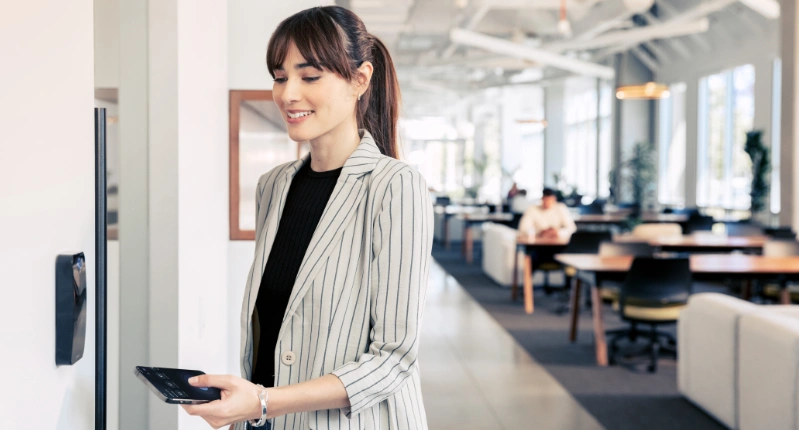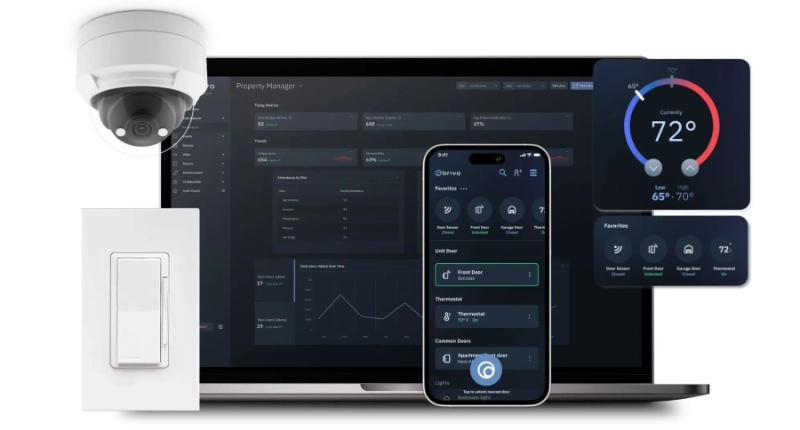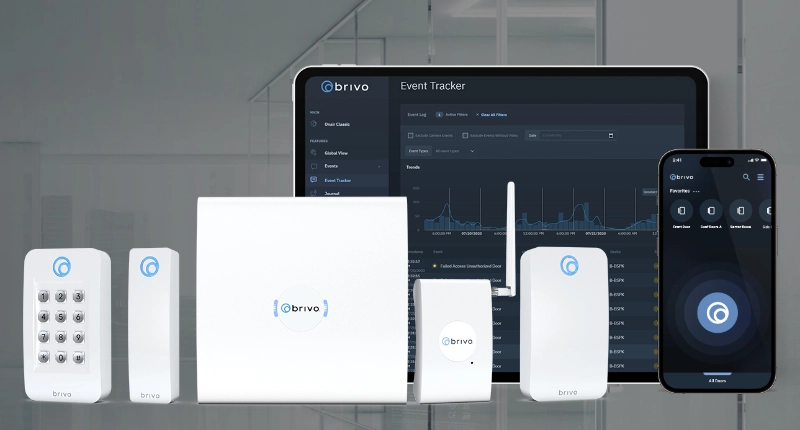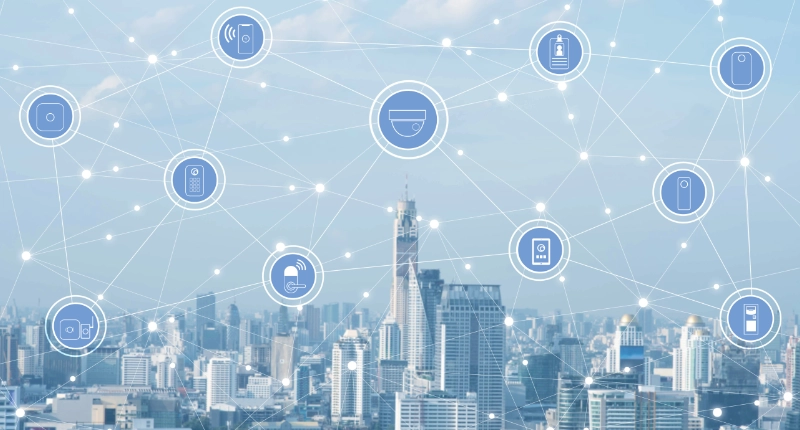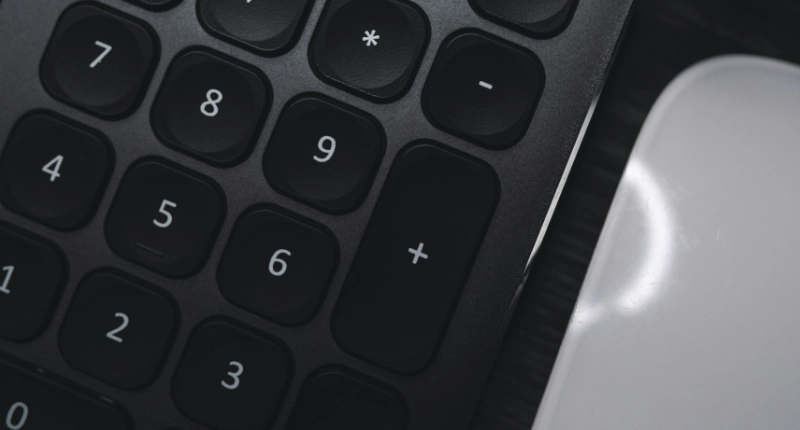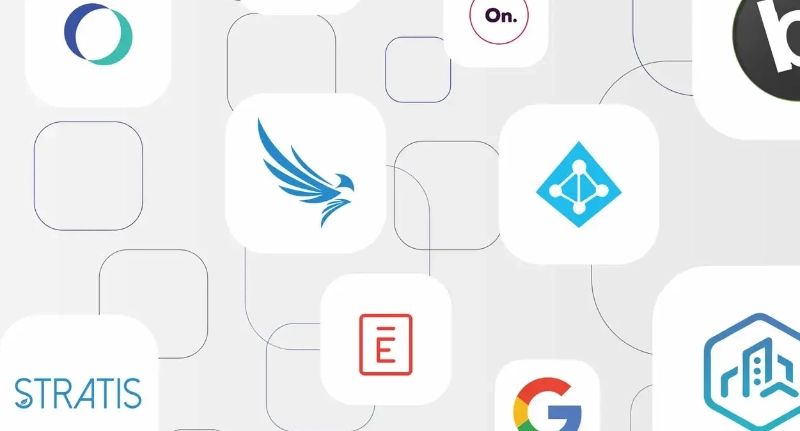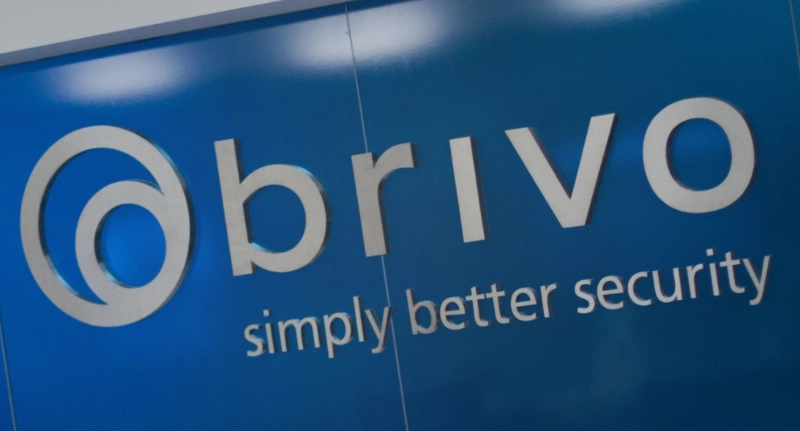As we recently surpassed the one-year mark of corporate America instating full-time work from home mandates, we are finally starting to talk about the possibility of going back to the office.
According to a Stanford University study, 42% of the U.S. workforce has worked from home full-time during the COVID pandemic. That’s 139 million people that shifted from commuting into a physical office location five days a week to completing their 9 to 5 days in their home, in only a matter of days.
Security and facility managers found themselves in the position of needing to protect health and safety in addition to their usual responsibilities for people and physical assets. Businesses had to monitor and manage access to empty buildings that were more vulnerable than usual due to their remote workforce. And, in a recent study completed by Brivo, nearly 30% of respondents said they did not have centralized security solutions in place and struggled during the pandemic to manage day-to-day operations.
But now, in March of 2021, we are seeing the nation returning to work in substantial numbers. In New York City, the mayor made the sweeping proclamation that office workers will return by May 3, ending remote work for 80,000 workers.
As we all work towards a return to the office, it’s important to look at key trends that will help organizations create safe and flexible workspaces that their employees want to return back to.
Utilizing data is the best way to accurately understand the drastic shift in behavioral patterns and how to confidently return to the office
The life we experienced in 2019 is a thing of the past. We are not working towards getting back to the old normal. Instead, we should be trying to devise new plans that accommodate the world we live in now. The best way to stay on top of patterns and behaviors that are constantly changing is to not assume, but rather turn to the data to build an understanding of your building’s security needs.
The right analytics can be instrumental in making better, more informed decisions around access control and overall property operations. Organizations have a greater need for access to real-time data than ever before. In fact, 41% of respondents in our Smart Security Trends report said that physical security data helps them improve physical security policies and procedures based on data insights.
Data must be accessible from anywhere, reliably. Cloud-based access control enables you to do just that to support organizational needs. Security leaders are also interested in correlating suspicious activity across the property over time through data analytics. This helps to identify and resolve threats quicker. Furthermore, cloud technology allows organizations to innovate faster and stay ahead of cyber threats because continuous enhancements are inherent in cloud solutions.
The office post-COVID is one where employees have more flexibility transitioning between home and work
Employees are now used to increased flexibility due to the last year of remote work. Some
30% of professionals surveyed by LiveCareer said that if going back to the office is inevitable, they’d like to work only three days a week.
Google, for instance, is planning a “flexible workweek” starting in September 2021. Under a pilot plan employees would be expected to spend three “collaboration days” in the office and work from home the rest of the time.
Hybrid workplaces will require massive coordination to ensure the right people are in the office at the right time, and not over capacity. Based on a recent Brivo survey, 26% of respondents indicated that it is imperative to have technology that will assist in enforcing contact tracing, social distancing, and healthy building compliance requirements.
Governance over shared spaces is imperative to ensuring employees feel they can return to the office safely
We will not return to the office in the same capacity as when we left. The possibility of the corporate office once again being a place of productivity is contingent on corporations implementing the right technology to ensure their employees feel safe in the office.
However, there is strong evidence to support the idea that organizations are well aware of this notion; 75% of respondents in the Brivo study said the COVID pandemic increased the importance of physical security in their organizations.
What does this all mean? It means that security is aware of the need to keep office locations a place of safety, and they are turning to technology for solutions to support this new era of health-safety. Brivo Access includes facility safety features such as occupancy tracking, user contact reporting and mobile self-screening to measure occupancy levels and reassure employees that the right people, and the total amount of personnel, are allowed in the building, as well as provide proactive support to maintain a healthy environment.
*Reference
The survey, fielded from November 2020 to January 2021 of more than 500 U.S.-based physical security and facility management professionals, explored the physical security impacts from COVID, specifically the challenges facing organizations as they look to reopen their doors. The survey also took a look at the technology, cloud, and data utilization trends shaping the physical security landscape for 2021.
Click here to learn more about Brivo’s Facility Safety Features


